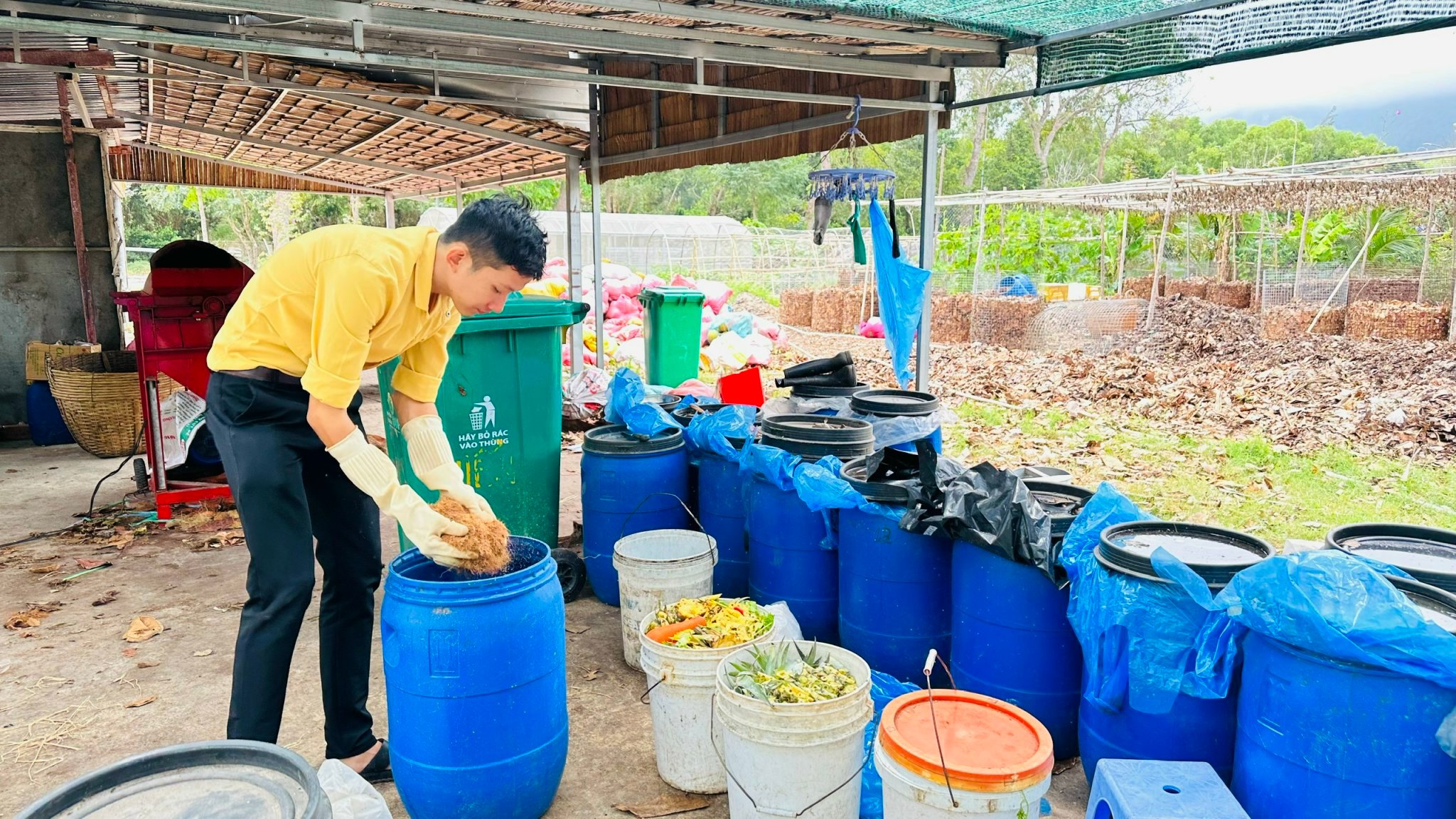 |
| Organic waste after collection is composted. |
People responded to participate
Implementing the campaign of the District Women's Union, in recent years, the family of Ms. Tran Kim Le Thi (Group 2, Ward 5, Nguyen Hue Street) has systematically and thoroughly classified waste at source. Ms. Thi puts leftover vegetables, leftover soup, spoiled rice, etc. in the green organic waste bin. According to Ms. Thi, this type of waste is collected by the Public Works Management Board of Con Dao District to be brought to a separate area to be composted into organic fertilizer. "Realizing that waste classification is practical, my family participated and mobilized many women in residential areas to participate in classifying waste at source, including classifying organic waste," Ms. Thi said.
According to the Public Works Management Board of Con Dao District, in May 2023, the Board and a group of experts (under the "Ocean Plastic Waste Reduction Project" of WWF Vietnam) started implementing the model of composting waste into organic fertilizer. "Initially, we selected 42 households and 4 restaurants in Group 1, Residential Area No. 5 for the pilot project. In order to guide households in classifying and treating organic waste at the source, we organized 2 training courses on composting organic waste from kitchen waste. Accordingly, people were instructed on how to compost organic fertilizer using waste from vegetables, tubers, and fruits in the kitchen," said Ms. Le Mong Thuy, Director of the Public Works Management Board of Con Dao District.
Also according to the Public Works Management Board, during the pilot phase, the participating forces collected about 110kg/day of organic waste through sorting at households, restaurants and at Con Dao market. After collection, the waste is sorted for recycling according to two methods: fermentation and aerobic composting. For the fermentation method, organic waste is used including: leftover food, vegetables and fruits, composted with yeast bran and placed in a tightly covered plastic bin. After composting into organic fertilizer, the waste can be used as base fertilizer and soil improvement.
For aerobic composting method, organic waste including flowers, fruits, dry leaves, coconut fiber, straw, sawdust... is composted in an iron mesh for ventilation. After 4 months of composting, humus will be obtained to fertilize plants.
Ms. Le Mong Thuy added that after the successful trial, from July 2024 to now, implementing the "Circular Economy Project", Con Dao district has widely applied the process from classifying organic waste at the source to collecting and composting.
Many practical benefits
After nearly 2 years of building and implementing a model of collecting and classifying waste to operate an organic waste recycling facility in the entire district, the model has achieved quite positive results, aiming to increase the rate of reuse and recycling of waste at the source by 1% in Con Dao. Ms. Nguyen Thi My Quynh, in charge of the Ocean Plastic Waste Reduction Project - WWF Vietnam said: "Through this model, people can form the habit of classifying waste at the source, contributing to reducing the amount of household waste discharged into the environment every day. Thereby, joining hands with local authorities to reduce pressure on waste collection and treatment and reduce costs for environmental protection".
According to Engineer Nguyen Trong Nghia, the Public Works Management Board of Con Dao District, on average, about 3.68 tons of organic waste are collected each day. From the organic waste collected from households, the Public Works Management Board of Con Dao District concentrates it in the nursery garden in Q15 (the center of Con Dao District) to compost it into organic fertilizer. “We use all of this organic fertilizer for growing purposes. In the nursery garden in Q15, there is a whole vegetable garden with all kinds of vegetables from squash, cucumber, eggplant, water spinach, mustard greens, herbs of all kinds... After harvest, some of the vegetables, tubers, and fruits are used for the Board's staff and workers, and some are sold to people on the island,” said Mr. Nghia.
WWF Vietnam experts assessed that the composting model aims to reduce CH4 greenhouse gas emissions from landfills, while also helping to improve production land, increase the quality of agricultural products and the quality of the living environment. Thereby, it contributes significantly to building a pilot model for the circular economy and ecotourism project in Con Dao district.
Article and photos: QUANG VU
Source: https://baobariavungtau.com.vn/kinh-te/202506/bien-rac-thanh-phan-huu-co-1044978/







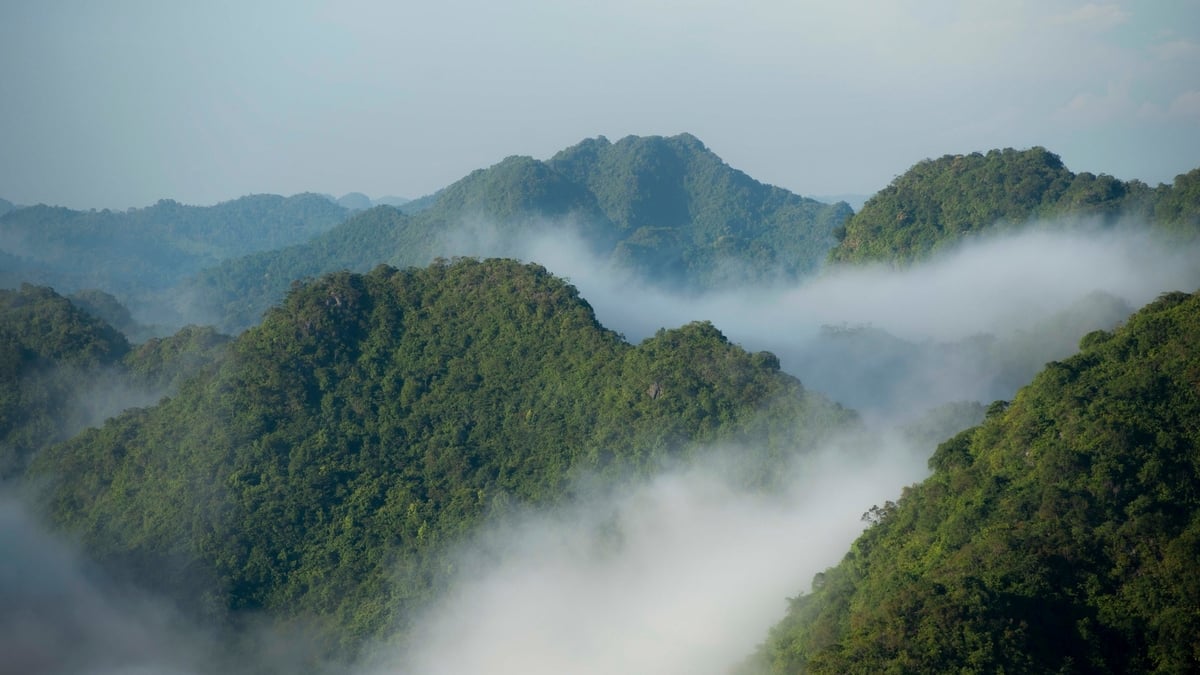


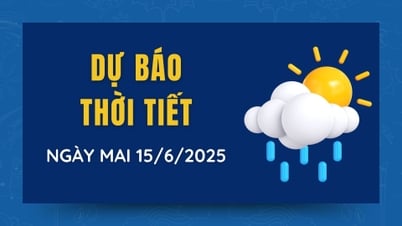

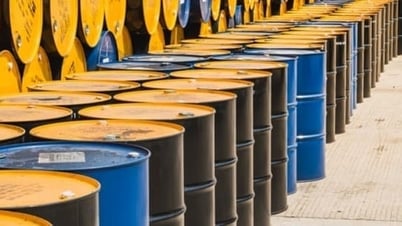








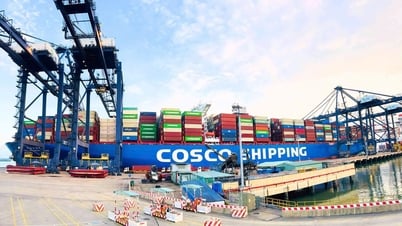
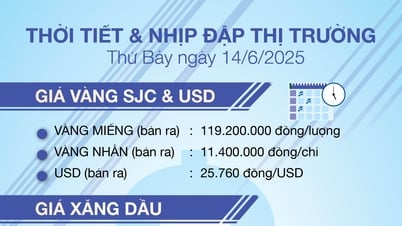
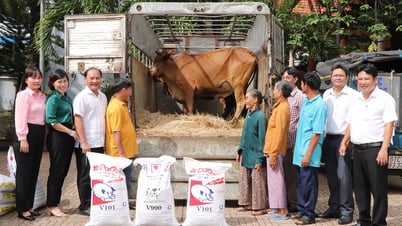

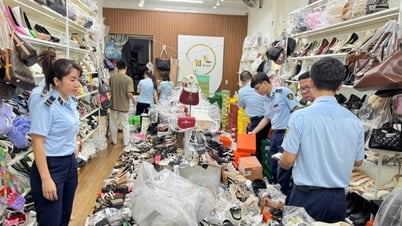

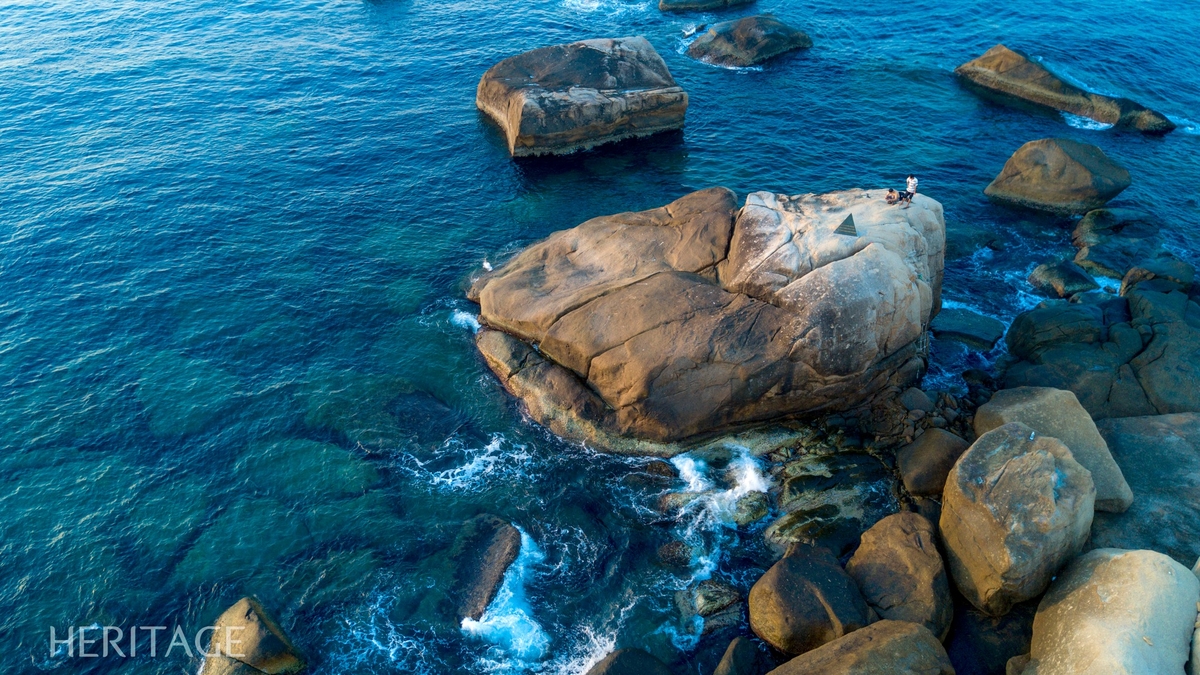
![[Photo] Prime Minister Pham Minh Chinh receives leaders of several Swedish corporations](https://vphoto.vietnam.vn/thumb/1200x675/vietnam/resource/IMAGE/2025/6/14/4437981cf1264434a949b4772f9432b6)





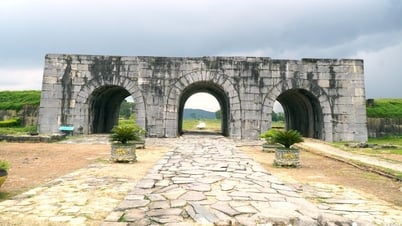

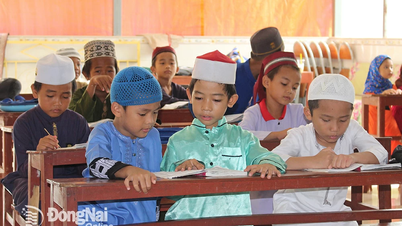

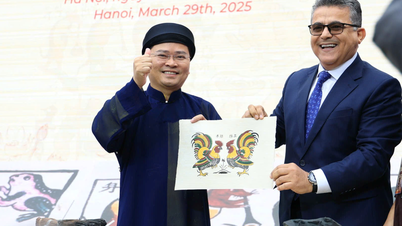









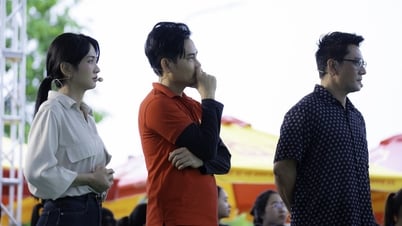








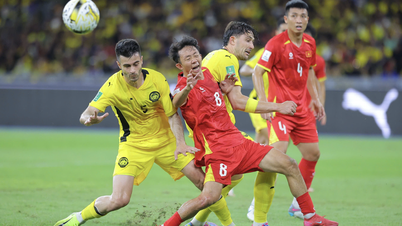
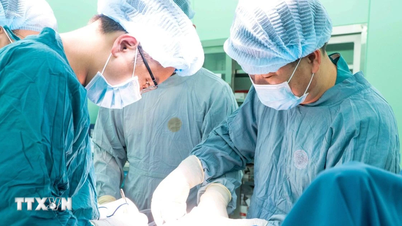










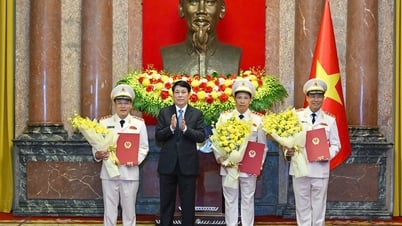

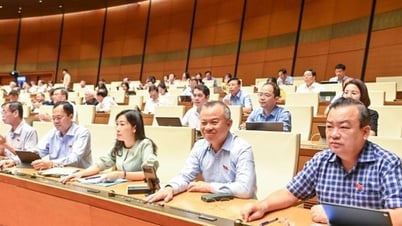

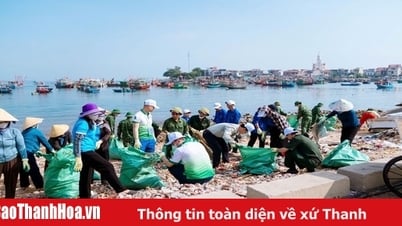

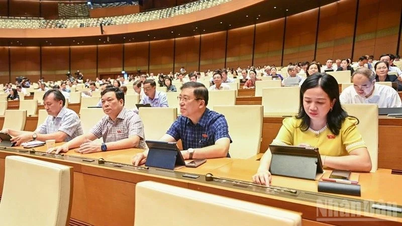







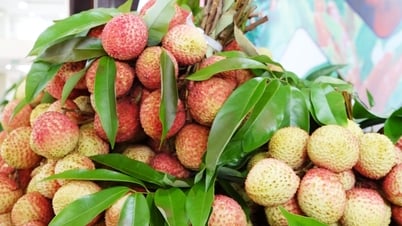







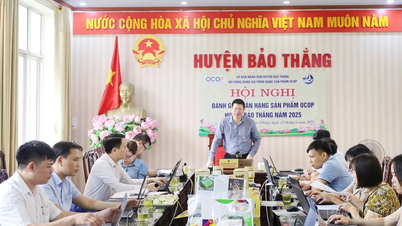

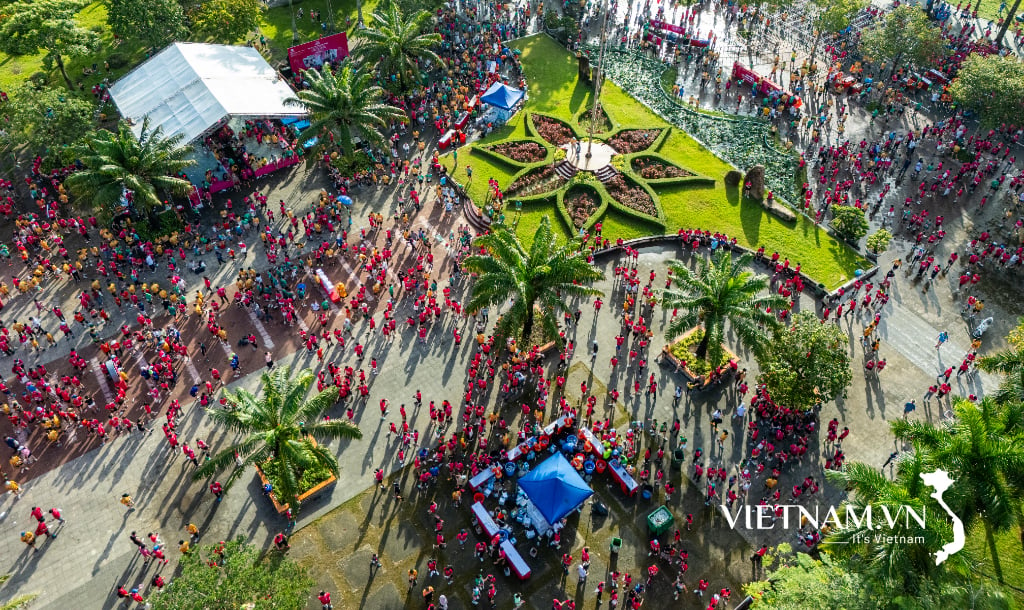

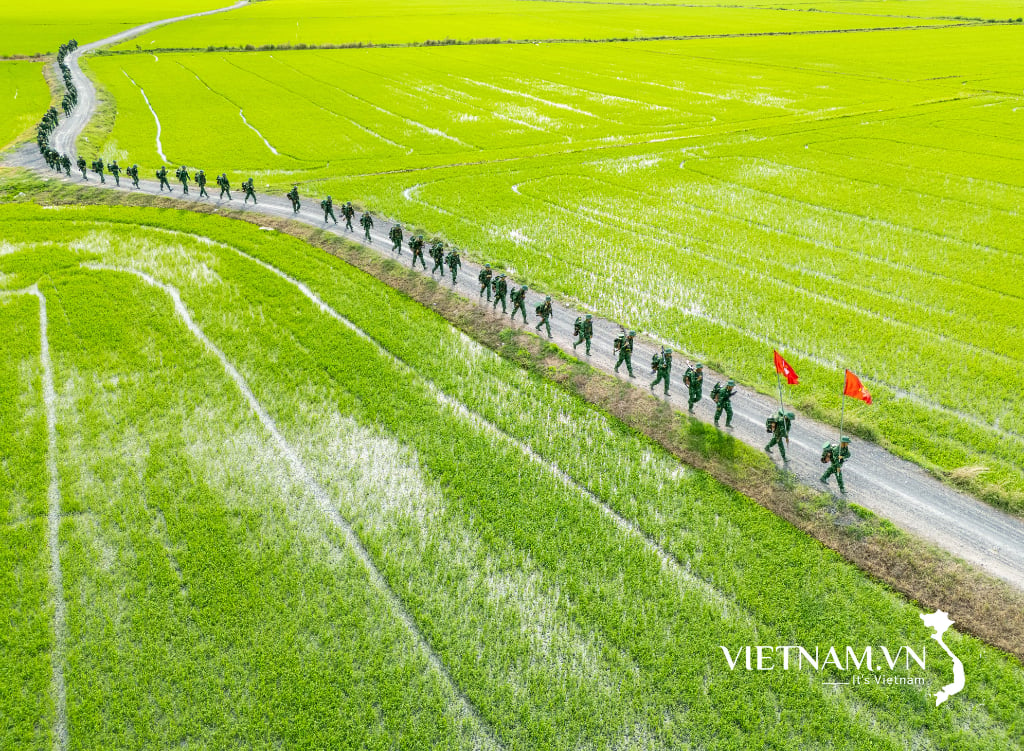
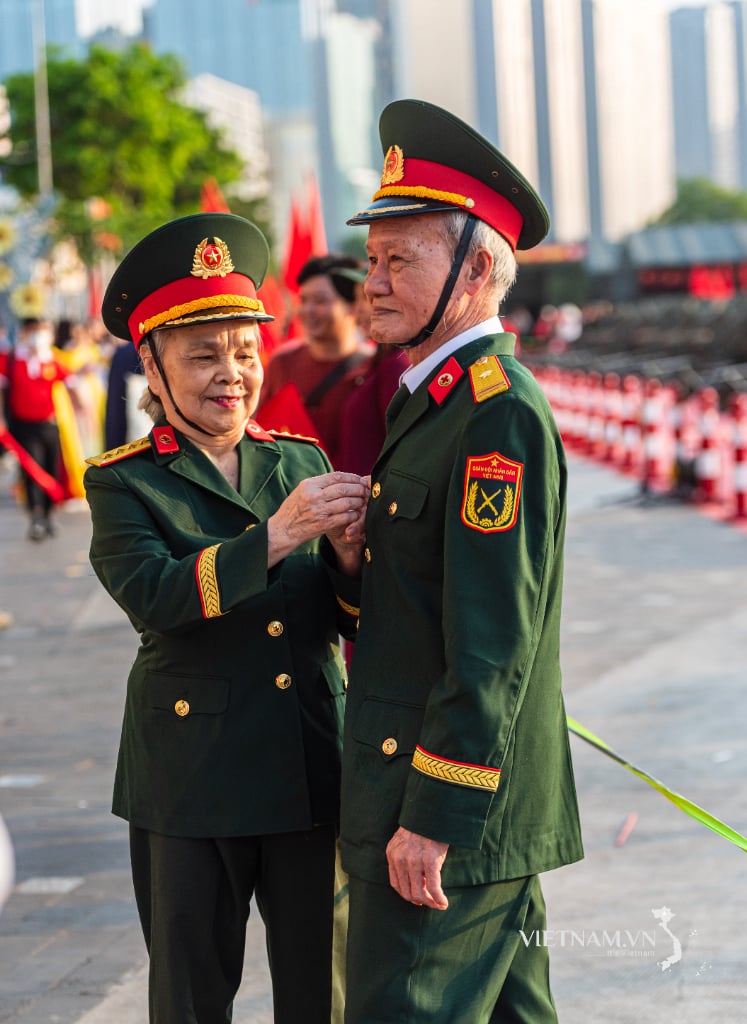
Comment (0)